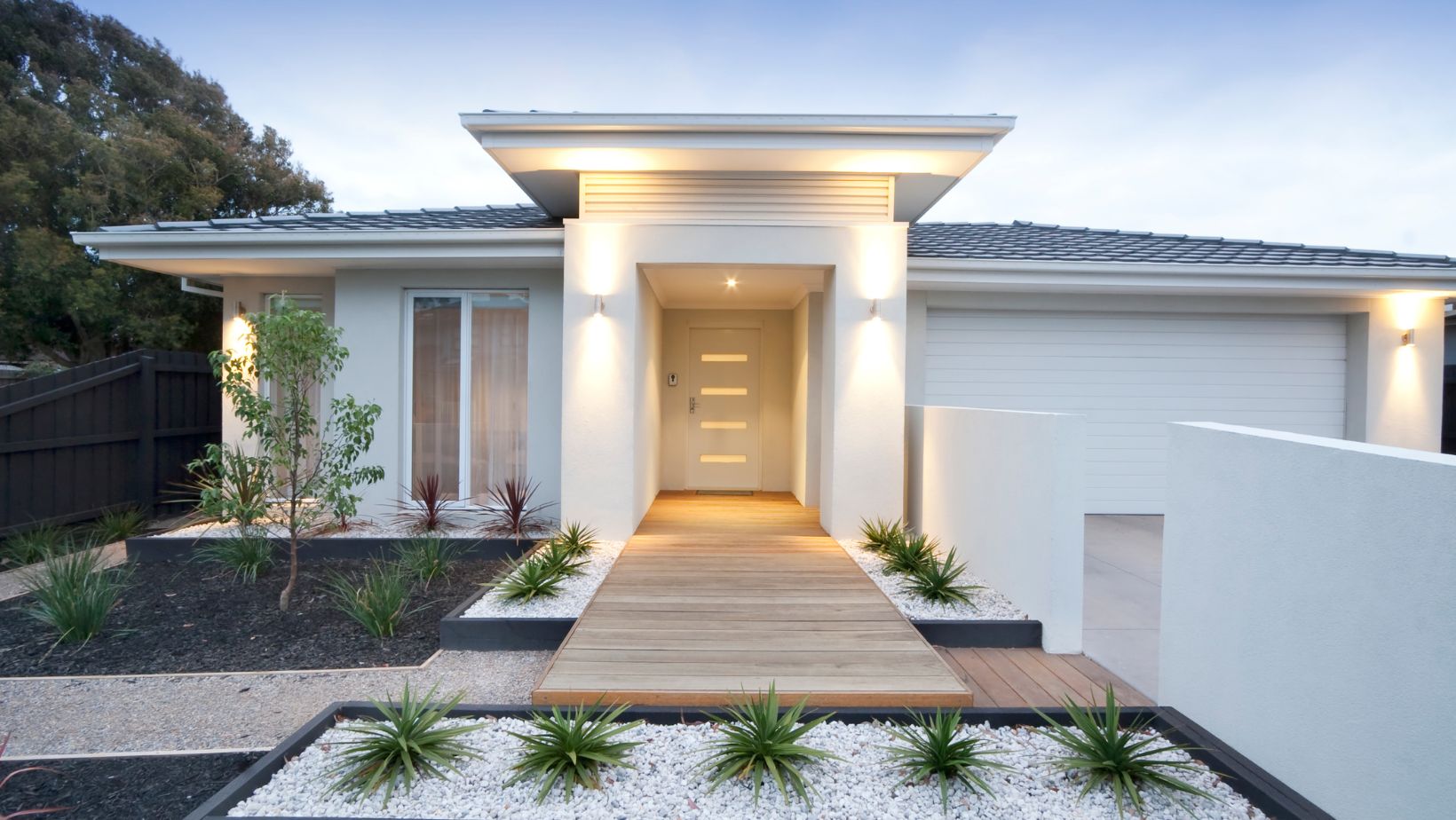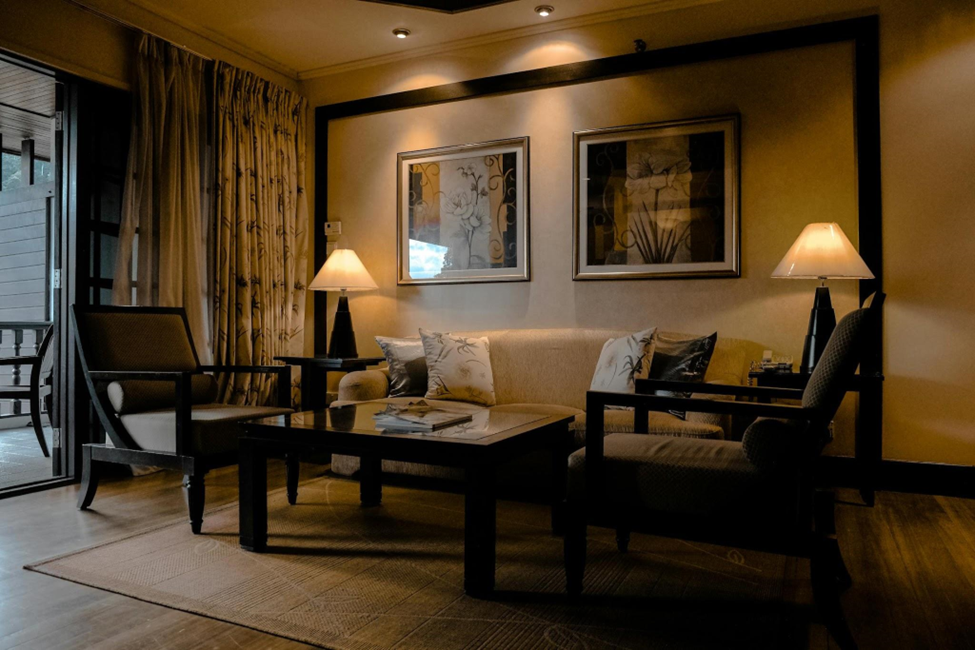Lighting plays a crucial role in creating a comfortable, functional, and aesthetically pleasing home. Whether you’re designing a new space or updating an existing one, lighting is one of the most effective tools to enhance the atmosphere and functionality of a room. The right lighting can make a small room feel larger, brighten dark corners, and create the perfect ambiance for every activity. In this blog post, we’ll explore essential lighting tips for every room in your home to help you achieve optimal lighting solutions for different spaces.
Layer Your Lighting for Versatility
The living room is often the heart of the home, where family and friends gather for relaxation and entertainment. To ensure that your living room is well-lit for various activities, use a combination of ambient, task, and accent lighting. Start with overhead fixtures, such as recessed lighting or a chandelier, for general illumination. Layer this with table lamps, floor lamps, or wall sconces for task lighting, especially if you’re reading or working in the living room. To highlight artwork, architectural features, or plants, use accent lighting, such as adjustable track lights or LED strips. This combination will provide flexibility for everything from movie nights to socializing and reading.
Prioritize Task Lighting for Efficiency
The kitchen is one of the most frequently used spaces in the home, and good lighting is essential for both cooking and safety. Task lighting is crucial in areas where precision is required, such as over countertops, sinks, and stovetops. Under-cabinet lighting, stylish and functional pendant lighting, and track lighting are perfect choices for illuminating workspaces. Pendant lights placed above the kitchen island provide focused light for meal prep, while under-cabinet lights ensure countertops are well-lit for cutting, mixing, and cleaning. Consider adding some ambient lighting with overhead ceiling fixtures or recessed lighting to keep the room evenly illuminated.
Create a Calm and Relaxing Atmosphere
Your bedroom should be a sanctuary of rest, and lighting plays a significant role in setting the tone. Soft, warm lighting can create a calm atmosphere, ideal for winding down at the end of the day. Start with dimmable overhead lighting so you can adjust the brightness depending on your needs. For bedside lighting, opt for table lamps or wall-mounted sconces that provide soft, focused light for reading or winding down. Consider adding accent lighting, such as LED strips under the bed or along the walls, to add a touch of ambiance without overwhelming the space. The key is to create layers of light that cater to both functionality and comfort.
Focus on Brightness and Functionality
Lighting in the bathroom must be both functional and flattering. Bright, even lighting is essential for tasks like shaving, applying makeup, or grooming. Overhead lights work well for general illumination, but you’ll also need task lighting around mirrors. Consider placing sconces or vertical lights on either side of the mirror to eliminate shadows and create even lighting on your face.

Avoid harsh, single overhead lights that can cast unflattering shadows. Incorporating ambient lighting, such as recessed or pendant lighting, can add warmth and softness to the space. Choose fixtures with moisture-resistant ratings for long-lasting, safe lighting in this high-humidity area.
Set the Mood with Statement Lighting
The dining room is where meals and memories are made, so its lighting should help create a warm and inviting ambiance. The focal point of dining room lighting should be a statement chandelier or pendant light above the dining table. Ensure the light is dimmable so you can adjust the intensity depending on the occasion—whether it’s a casual family dinner or an intimate dinner party. Consider using wall sconces or recessed lighting to add soft, ambient light around the room. Lighting should complement the tone of the room, balancing practicality with style and creating a welcoming atmosphere for guests.
Optimize Lighting for Productivity
When it comes to home offices, good lighting is crucial for both productivity and eye comfort. A well-lit workspace will reduce eye strain and help you stay focused during long hours of work. Overhead lighting, such as a ceiling fixture or track lighting, provides overall illumination. For task lighting, use a desk lamp with adjustable brightness to direct light where you need it most. Task lighting is especially important if you’re working with paperwork or a computer, as it helps reduce glare and provides a focused area of light for detailed tasks. Consider natural light as part of your lighting strategy—position your desk near a window to take advantage of daylight during the day.

Lighting is more than just a practical necessity; it’s a key element of your home’s design and ambiance. By incorporating the right lighting solutions for each room, you can enhance the functionality and aesthetics of your living spaces. Whether it’s layering lighting in the living room, using task lighting in the kitchen, or creating a serene atmosphere in the bedroom, these essential lighting tips will help you make the most of your home’s lighting and create an environment that suits both your needs and your style.
